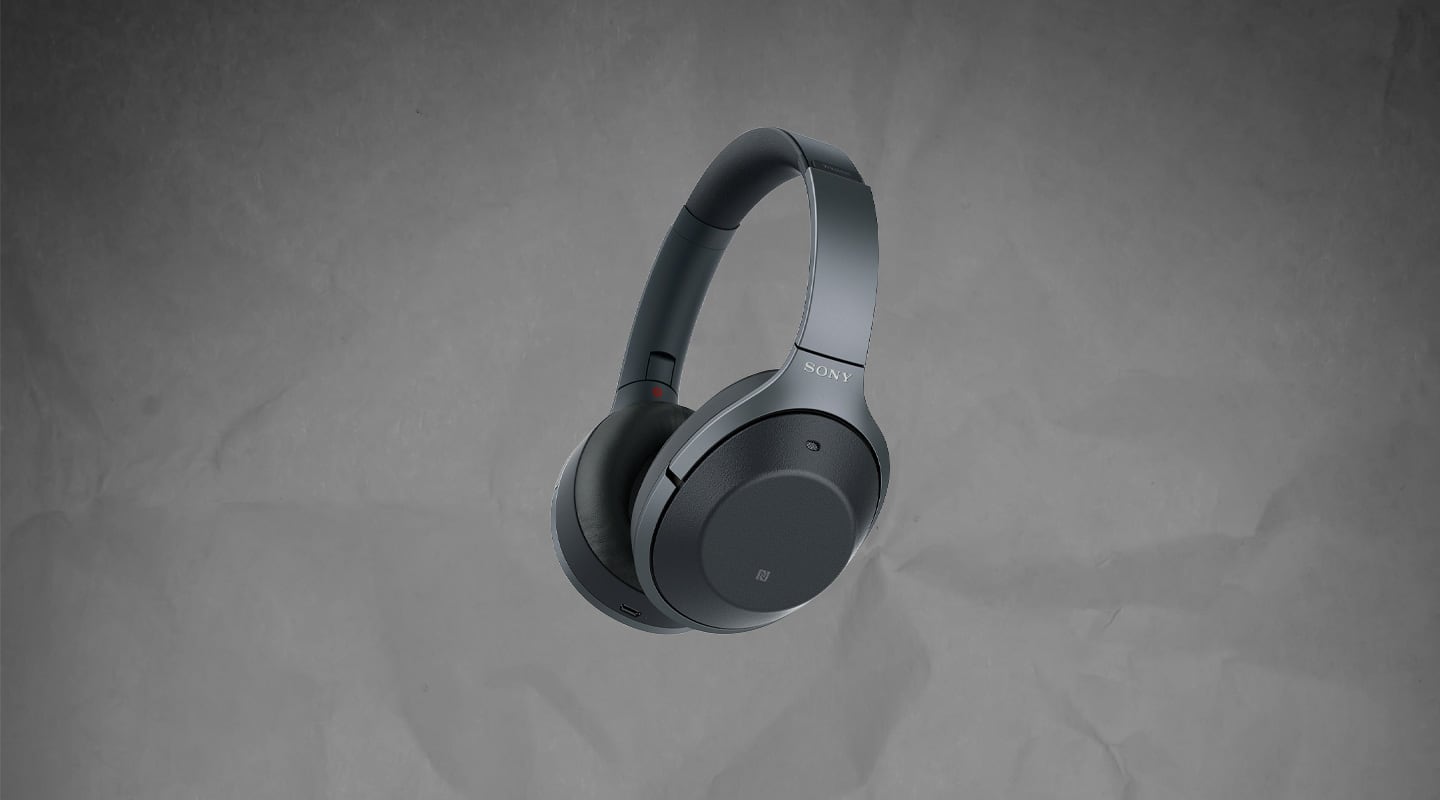
Sony WH-1000XM2 Bluetooth Headphones
To avoid the wireless blues, Sony has mixed every hi-res Bluetooth flavour into its new headphones.
Bluetooth headphones aren’t the stock-in-trade for AT reviews; notwithstanding, we all have smartphones and like listening to music on the go. We thought we’d look at what’s out there for the discerning travelling engineer/producer who wants to go wireless.
Sony’s noise cancelling is right up there with the best. Without any content streaming through, the silence is almost draining, close to the disorientation of hanging out in an anechoic chamber. You’ll be thanking Sony when you step off a long haul for its efforts though, having curtailed the tiring effects of a consistent rumbling plane engine in your ears.
BLUETOOTH FLAVOURING
While these puppies will work with the supplied cable just fine. Admirably, Sony has also ‘wired in’ every current means of delivering ‘hi-res’ audio over Bluetooth. First, Sony’s own LDAC technology, which ups the transfer rate from Bluetooth’s own limited 328kbps, to 990kbps. Still not enough to transfer an uncompressed 16-bit/44.1k WAV, but Sony says it uses the extra bandwidth to let it encode higher resolution formats with less loss. Unfortunately, you need Sony products at both ends, which I don’t have.
For those already existing outside the Sony paradigm, Qualcomm’s AptX HD codec is also built-in. This supposedly allows you to transmit 24-bit/48k LPCM data over Bluetooth, which sounds like the bees knees when compared to MP3, but it’s still not a lossless format. Essentially, it uses a bit rate of 576kbps, and uses a split band adaptive differential pulse-code modulation (ADPCM). Unlike PCM, which transcodes each sample at a specific amplitude, it simply transcodes the difference between adjacent samples. The split-band part is where Qualcomm divvies up the encoding bit-level by frequency band, so you’ll have four-bit encoding in the low frequencies, and 10-bit encoding in the highs, where you need more detail. Then it’s all summed together in the listening device. It’s pretty impressive stuff, but once again, it’s device specific. At the moment, it’s onboard phones from LG, OnePlus and HuaWei. Samsung, and other Android devices carry the standard 16-bit/48k LPCM AptX variant.
iPhones have neither, leaving you with bog standard Bluetooth SBC encoding. Sony has a fix for that, too, with its DSEE HX Technology. It’s supposedly undoing the damage done by compressed codecs. How, is anyone’s guess outside of Sony. It would mostly give a slight high frequency lift, which would push up the ride and percussion sounds on things like Radiohead’s Reckoner and drive the sound stage out to the edges. I never noticed the DSEE HX filter to be demonstrably artificial and it was satisfying enough to leave on.
NEED TO KNOW
HEAD SPINNING CONTROL
DSEE HX can be controlled via Sony’s Headphone Connect app, which also lets you do weird things like control where the sound is coming from. You can turn this phasing trick off or pick one of the five different points of a surround system to send it to different points around your head. Why, who knows? You can also add different reverb effects. Again… pointless for music listening. There’s an EQ too, which I left well alone.
The app can also individually tailor the noise cancelling to your environment and your current hairstyle. It seems it was pre-set for short back ’n’ sides, because my custom profile didn’t seem to tinker too much with the existing formula.
Bluetooth pairing is a doddle, just hold down the power button until it starts flashing. Onboard NFC makes it even quicker for users that have a compatible device. You can also switch noise cancelling on and off from the headphones, or adjust the amount of ambience pushed back into the cans. There’s also the ability to take and make calls as well as navigate your playlist and adjust volume, all from the touch-sensitive side of the right ear cup.
Fact of the matter is, you can still wire these in, and they sound like a good $250 pair of headphones. It’s when you put the noise cancelling on, even in mildly noisy environments that these cans really stand out. Everything clears up dramatically.
These are a great pair of everyday, go anywhere Bluetooth headphones. They may be slightly on the expensive side, but that’s because Sony has pulled out all the stops to deliver the best possible listening experience in any environment, for any device. These are a workhorse of personal listening, with 30 hours of battery life, that just happen to look and feel great too.







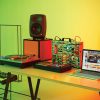



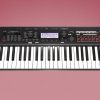
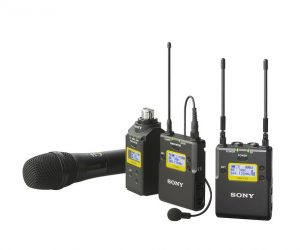

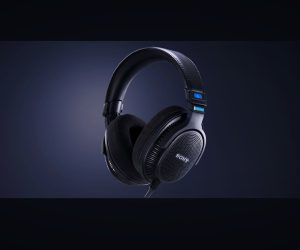




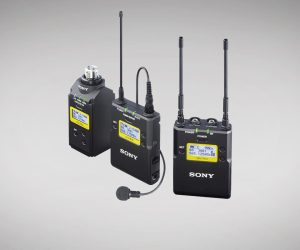

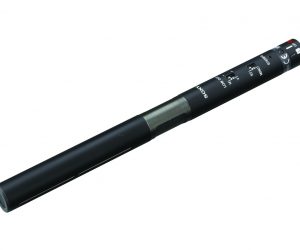

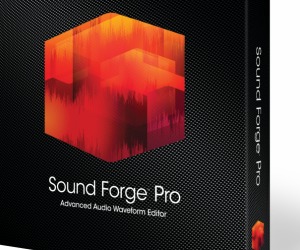


RESPONSES